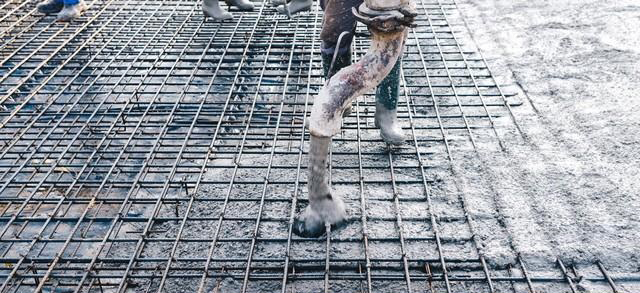Polycarboxylate (PCE) superplasticizers are an important component in concrete production, known for their low carbon content and high water reducing rate. Unlike traditional cementitious materials, Polikarboksilato superplastizatoriai offer unique properties that make them valuable in various applications, including construction and civil engineering. This article explores the key characteristics of these superplasticizers, their compatibility with other materials such as fly ash, and their potential impact on concrete durability.
- Low Carbon Content and High Water Reducing Rate
One of the most significant features of Polikarboksilato superplastizatoriai is their low carbon content. Unlike traditional cementitious materials that often contain a substantial amount of carbon, which can degrade over time due to environmental factors like temperature and moisture, Polycarboxylate superplasticizers maintain a relatively low level of carbon throughout construction. This ensures long-term stability in concrete structures.
Another critical characteristic of Polikarboksilato superplastizatoriai is their high water reducing rate (WRR). The WRR measures the efficiency with which water diffuses into voids within a material. A higher WRR indicates that the material can effectively absorb and retain water, which is particularly advantageous in environments where water availability is limited, such as in dry climates.
The combination of low carbon content and high water reducing rate makes Polikarboksilato superplastizatoriai highly suitable for use with fly ash in concrete production. Fly ash, a component derived from coal, often contains significant organic matter and low carbon content, making it an ideal complement to Polikarboksilato superplastizatoriai. This partnership enhances the strength and durability of concrete while reducing the need for additional materials like steel or aggregate.
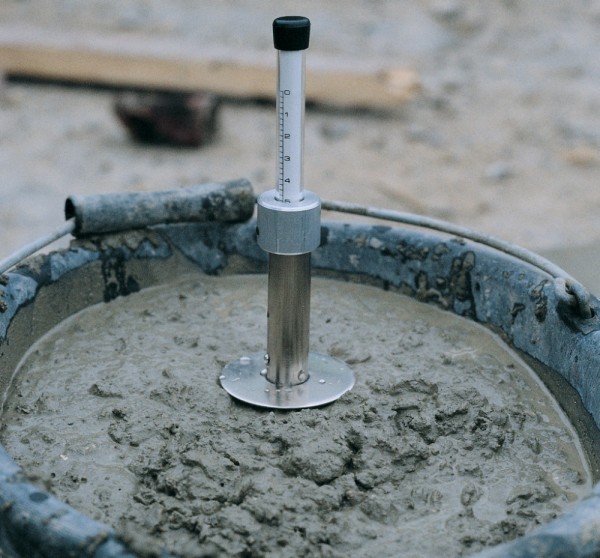


- Compatibility with CaF₂ and Other Materials
Polycarboxylate (CaF₂) is a widely used matrix in concrete construction, offering numerous benefits that complement Polycarboxylate superplasticizers. The CaF₂ matrix provides strength and stability to the concrete mixture by retaining carbon content through mechanical deformation, making it ideal for use with Polycarboxylate superplasticizers.
The compatibility of Polikarboksilato superplastizatoriai with CaF₂ is further enhanced by their ability to work well together in non-stabilizing environments. Unlike traditional materials that can lead to concrete collapse due to lack of stability, the combination of PCE and CaF₂ ensures a robust structure that can withstand various environmental conditions.
In addition to CaF₂, other materials such as fly ash are commonly used in concrete production. The compatibility of Polikarboksilato superplastizatoriai with these materials is further enhanced by their low carbon content and high water reducing rate. These characteristics allow the superplasticizers to work seamlessly with other components to achieve optimal concrete performance.
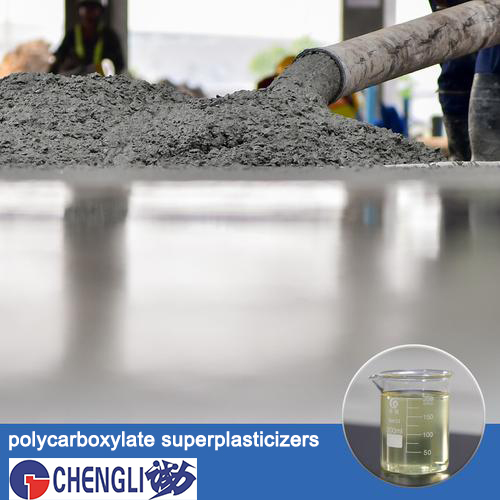
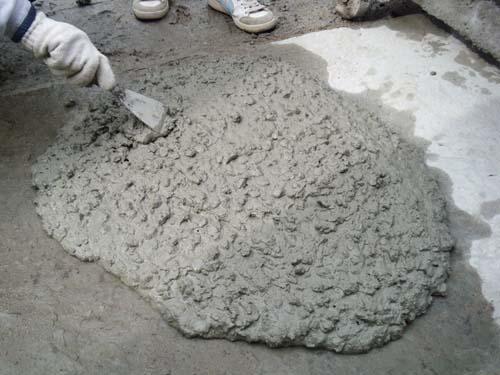
- Impact on Concrete Durability
The properties of Polikarboksilato superplastizatoriai have a direct impact on the durability of concrete structures. Due to their low carbon content, Polikarboksilato superplastizatoriai reduce the risk of carbon leaching into concrete over time. This reduces the need for additional measures like reinforcement or topping, which can improve long-term durability.
The high water reducing rate of Polikarboksilato superplastizatoriai also plays a crucial role in maintaining the strength and stability of concrete. By retaining water content, these materials prevent the concrete from cracking under load and ensure its longevity.
In addition to their structural properties, Polikarboksilato superplastizatoriai have been shown to improve bond strength between aggregates and cement paste. This enhances the effectiveness of reinforcement bars in strengthening concrete structures, further contributing to overall durability.
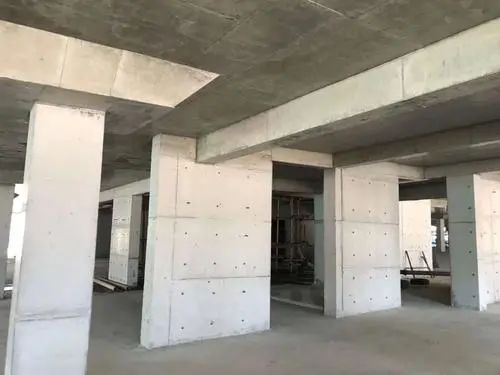
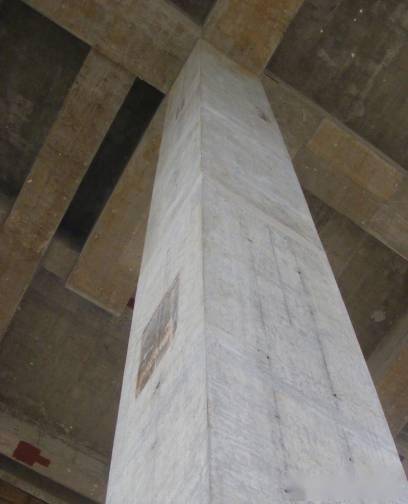

- Challenges and Limitations
Despite their many advantages, Polikarboksilato superplastizatoriai are not without challenges or limitations that can impact their performance. One major issue is the requirement for careful monitoring during construction. The low carbon content of Polikarboksilato superplastizatoriai must be carefully controlled to ensure they do not degrade over time.
Another limitation is their compatibility with fly ash in specific applications. While the combination is generally favorable, there may be instances where certain materials or proportions require special attention to achieve optimal performance.
Overall, the use of Polikarboksilato superplastizatoriai in concrete production offers significant benefits, but it also requires a commitment to proper monitoring and control. With careful consideration of these factors, Polikarboksilato superplastizatoriai can contribute effectively to the durability of concrete structures.

Išvada
Polikarboksilato superplastizatoriai are an essential component in modern concrete production, offering unique properties that enhance both strength and durability. Their low carbon content and high water reducing rate make them highly suitable for use with other materials like fly ash. The compatibility of these materials with CaF₂ further enhances their performance in non-stabilizing environments.

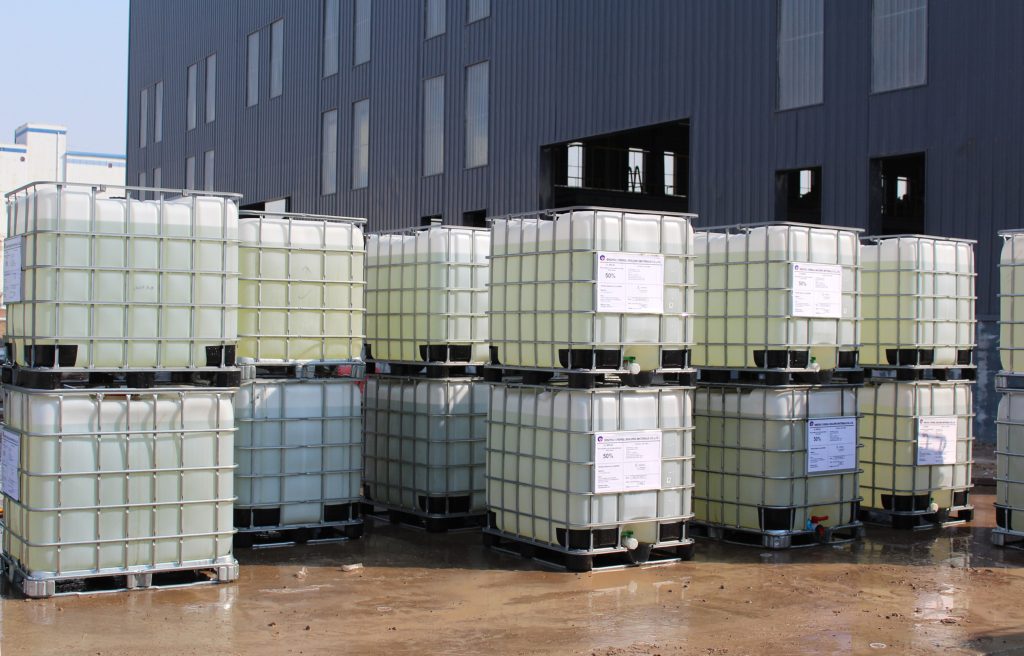
Polikarboksilato superplastifikatoriaus skystis
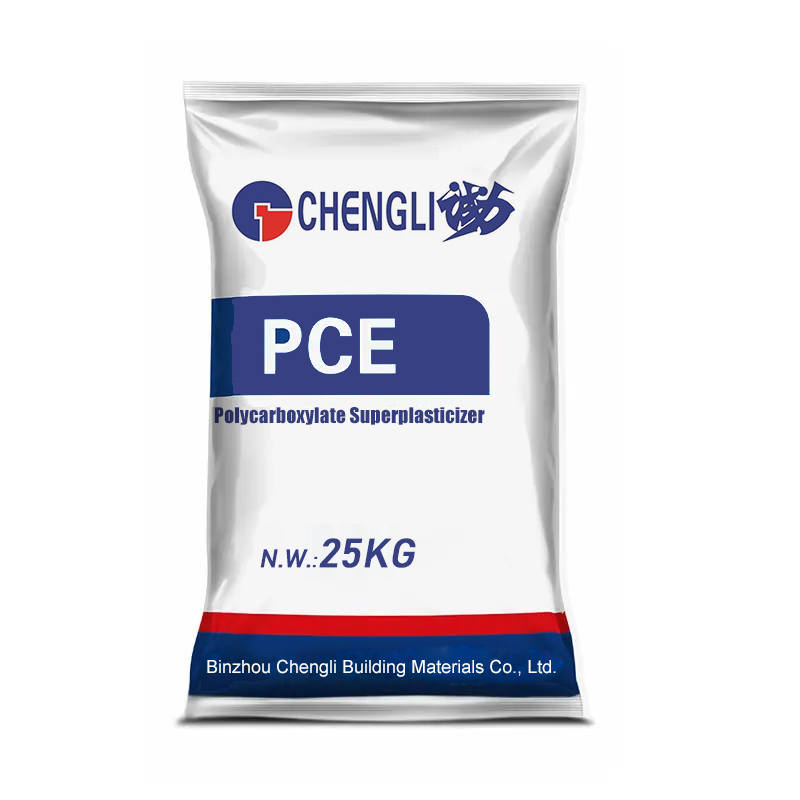
While there are challenges associated with the limited availability of Polikarboksilato superplastizatoriai, they can be effectively managed through careful construction practices and material control. As concrete technology continues to evolve, the use of Polikarboksilato superplastizatoriai will undoubtedly play an increasingly important role in ensuring the longevity and safety of various structures.
Mūsų profesionali techninė komanda dirba 24 valandas per parą, 7 dienas per savaitę, kad išspręstų visas problemas, su kuriomis galite susidurti naudodami mūsų produktus. Laukiame Jūsų bendradarbiavimo!

